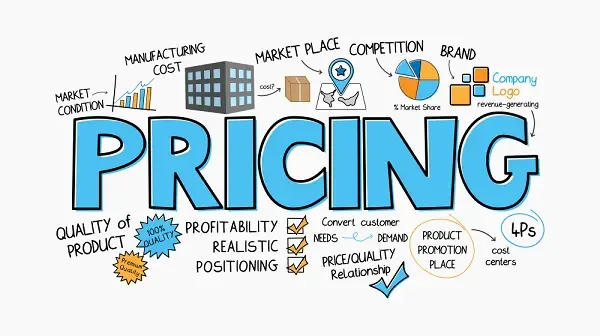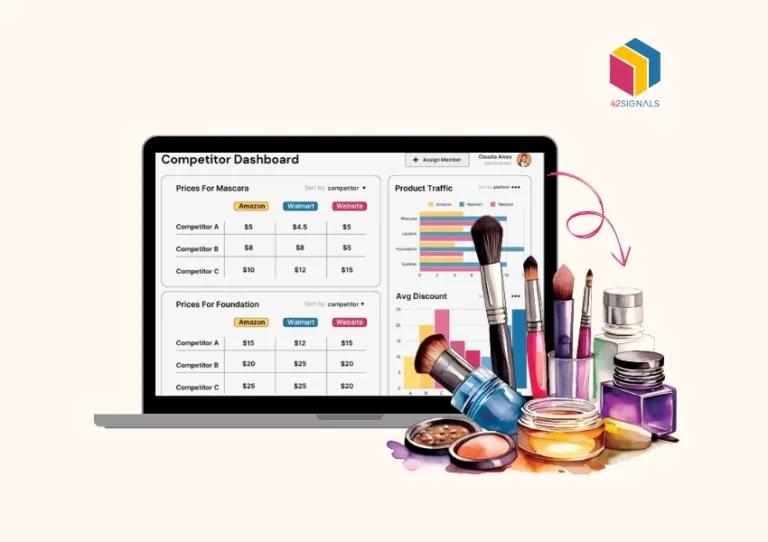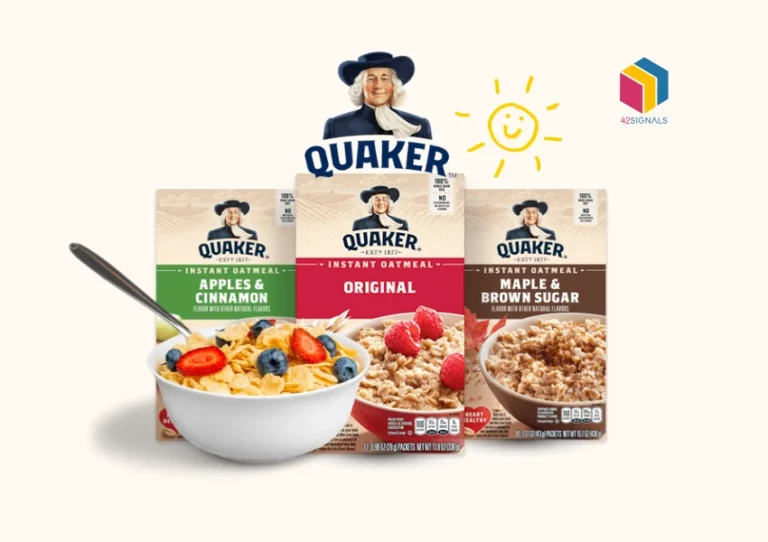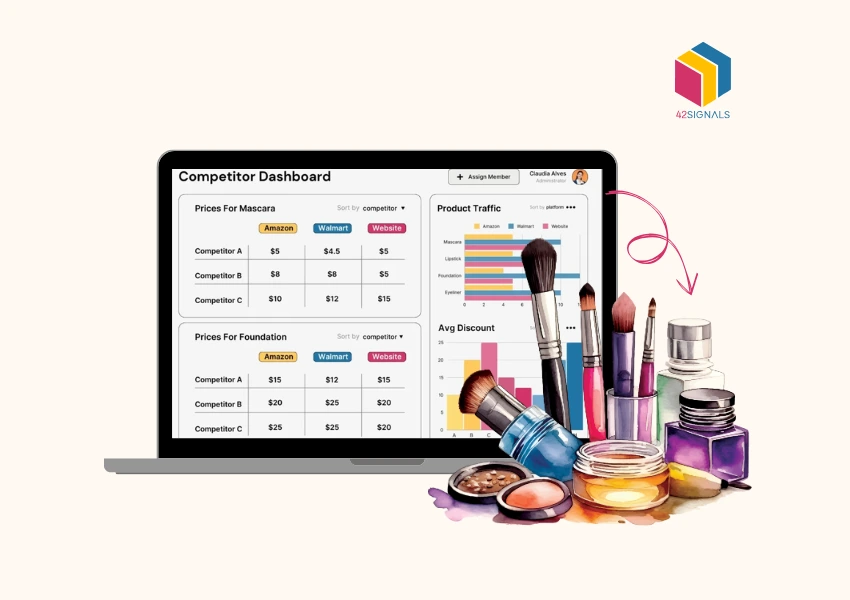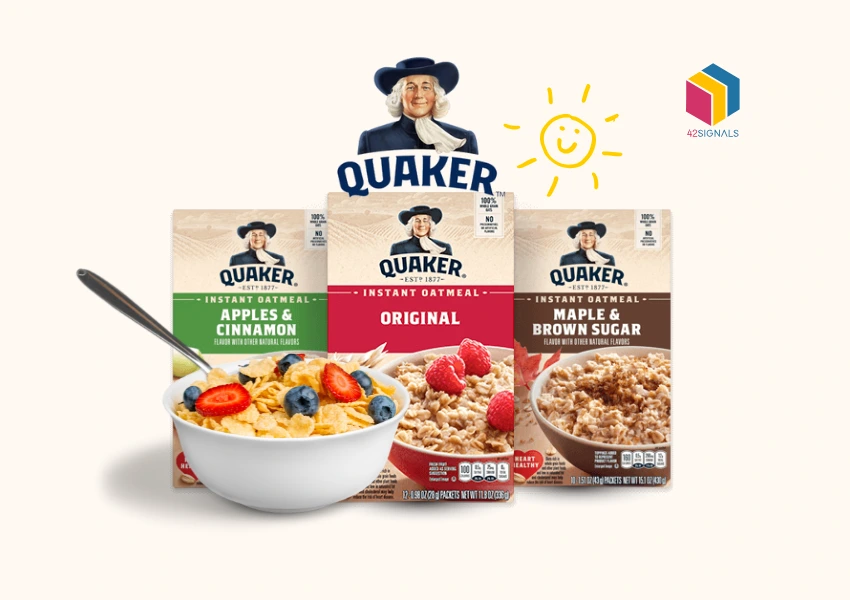Ever wondered why certain prices resonate with us while others leave a bad taste? Delve into the captivating realm of price perception – essentially, how our brains decode product expenses.
Since consumers’ interpretation of costs greatly influences buying habits, grasping price perception is vital for turning prospects into sales. In this article, we’ll explore numerous pricing techniques rooted in psychology to guide your decision-making process successfully.
Different Pricing Methods That Affect Price Perception
Charm Pricing
Ever noticed those sneaky little nines sprinkled throughout retail websites and store shelves? ($9.99 instead of $10) That’s no accident! Charm pricing taps into our brain’s penchant for preferring lower numbers over whole digits. Setting prices just shy of rounded figures creates the allusion to affordability, prompting us to snag up those bargains without second thoughts and a great price perception tactic.
Just remember not to go overboard; excessive charm pricing could backfire, leaving shoppers skeptical about your offerings’ true worth.
For example, Apple frequently uses charm pricing for its products, making them appear more affordable than competitors.
Anchoring Effect
Imagine walking into a furniture store where everything seems reasonably priced – until you spot a lavish sofa marked at twice what you’d expect. Suddenly, everything else appears like a steal! Enter the anchoring effect – using an initial reference point (or ‘anchor’) to sway future evaluations.
A well-known example would be car dealerships displaying MSRP alongside discounted prices. Be mindful, however, as misusing this price perception technique might lead to mistrust among discerning buyers.
Tiered Pricing
Offering multiple packages lets clients pick what suits their wallet best. But here’s the kicker: presenting three choices rather than two has been shown to boost revenues. Why? Because most people aim for the middle ground, opting for neither the barebones basic nor the top-tier luxury.
So mix and match features across levels, ensuring there’s something scrumptious for everyone. E.g., Netflix utilizes tiered pricing with its subscriptions —offering different plans at distinct price points catering to diverse budget preferences and a great price perception tactic.

Image Source: PCMag
Premium Pricing

Image Source: Intelligence Node
Sometimes, going big means charging hefty sums. High-end labels know this trick all too well, leveraging prestige pricing to evoke aspirations and associations of unparalleled excellence. Yet, proceed cautiously – slapping exorbitant tags on mediocre merchandise risks damaging both reputation and relationships reducing positive price perception.
Luxury brands like Louis Vuitton employ prestige pricing as part of their brand image strategy, appealing to consumers who associate high costs with superior craftsmanship and status symbols.
Bundle Offers
Who doesn’t love free stuff? Grouping complementary products at discounted rates sparks joy in many hearts. While individual components may sell less profitably, bundles generate excitement around bulk buys. Plus, added convenience seals the deal for busy bees seeking hassle-free shopping experiences.
Microsoft Office Suite employs this tactic by offering word processing, spreadsheet, and presentation software together at a lower price than purchasing separately.
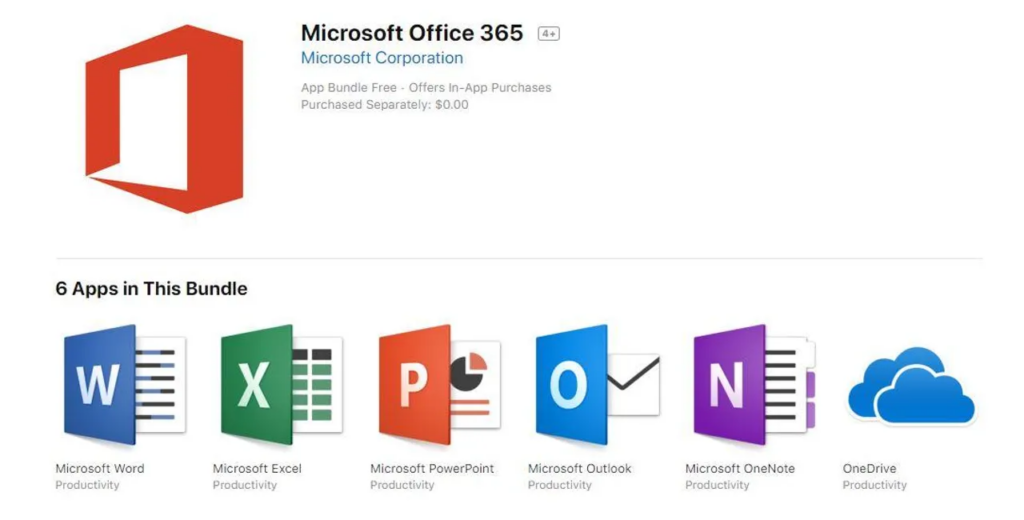
Image Source: Zdnet
Odd & Even Pricing
Lastly, let’s touch upon odd-even pricing. Studies suggest that odd prices stimulate impulsive purchases, perfect for flash sales. Meanwhile, even prices indicate thoughtfulness, suggesting careful reflection suitable for considered investments.
Play around with these subtle variations according to specific marketing goals and timelines.
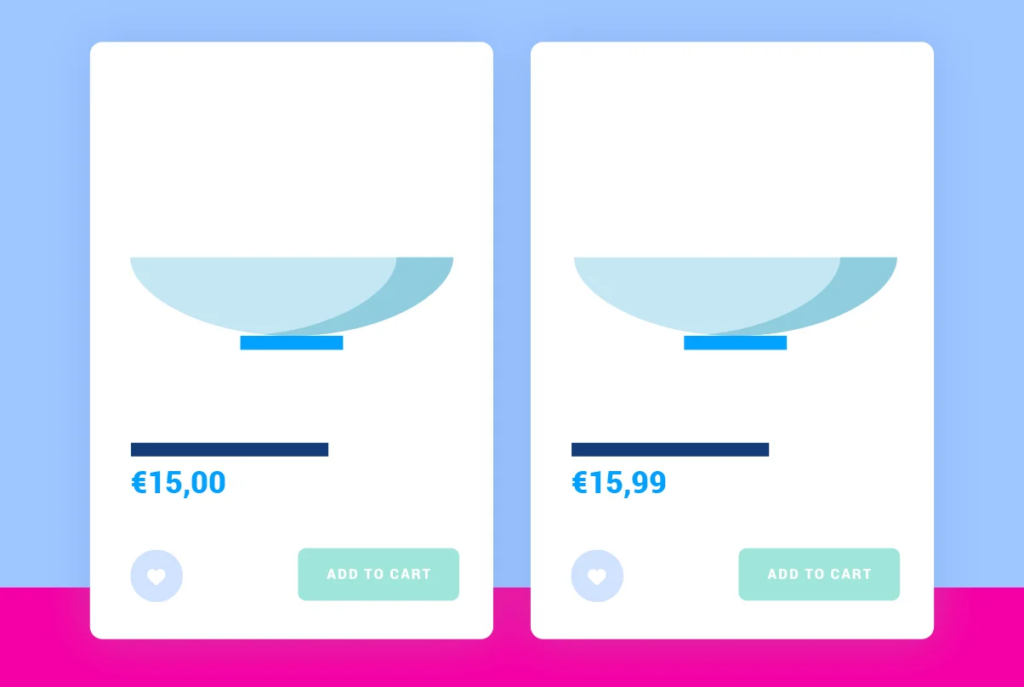
Image Source: Omnia Retail
Psychological Pricing in E-Commerce
Online shopping amplifies the psychological impact of pricing due to limited tactile experiences and an abundance of alternatives. Strategies like urgency triggers (e.g., “Only 2 left in stock!”) or time-limited offers (e.g., “Sale ends in 24 hours”) further enhance the effect. These tactics compel buyers to act quickly, reducing hesitation and increasing conversion rates.
Moreover, shipping costs can be a dealbreaker online. Many retailers offer “free shipping” on orders above a certain threshold, nudging customers to spend more to qualify. By adjusting your pricing to absorb or offset shipping expenses, you can create the perception of added value, fostering customer satisfaction.
Dynamic Pricing in Price Perception
Dynamic pricing, or demand-based pricing, is a strategy that adjusts costs in real time based on supply, demand, and competitor pricing. Companies like airlines and ride-sharing apps masterfully employ this tactic to optimize profits.
For instance, during peak hours or festive seasons, you’ll notice higher fares, whereas off-peak times offer lower rates. While effective, transparency is crucial – excessive fluctuations can alienate customers who feel manipulated.
The Power of Discounts
Discounts are a classic tool for influencing price perception. Offering discounts not only boost sales but also provides psychological gratification to buyers. Limited-time discounts or personalized offers tailored to customer preferences heighten engagement.
For example, many online platforms use algorithms to suggest discounts on products previously browsed, creating a sense of exclusivity and urgency.
Social Proof and Pricing
Social proof – such as reviews, ratings, and testimonials – plays a significant role in shaping how prices are perceived. If consumers see others endorsing a product or service, they are more likely to view the pricing as justified, regardless of its actual value.
Highlighting customer satisfaction, displaying best-seller tags, or sharing success stories can validate your pricing strategy and encourage purchases.
The Role of Branding in Price Perception
A strong brand identity enhances price perception by associating your products with quality, trust, or exclusivity. Consider how brands like Starbucks maintain premium pricing despite competitors offering similar products at lower prices.
Their branding fosters an emotional connection, allowing customers to justify paying more for a perceived superior experience. Building a consistent brand narrative aligned with your pricing strategy can yield significant long-term benefits.
Final Thoughts on Price Perception
Mastering price perception calls for finesse and flexibility. Blending science with creativity helps you connect deeply with potential customers, ultimately transforming casual browsers into loyal patrons.
By employing strategies like charm pricing, anchoring effects, tiered pricing, and dynamic pricing, businesses can craft compelling offers that resonate with their audience.
Ultimately, price perception is not just about the numbers; it’s about how customers feel about those numbers. It’s a powerful tool that, when wielded effectively, can elevate your brand, boost sales, and create lasting customer relationships.
Frequently Asked Questions on Price Perception
What is the meaning of price perception?
Price perception refers to how consumers view or interpret the price of a product or service—not just the number itself, but whether they see it as fair, expensive, cheap, or offering good value. It’s shaped by factors like brand reputation, product quality, past experiences, and competitor pricing.
Example: A luxury watch priced at $500 may be perceived as a great deal if the brand is known for watches costing over $1,000.
What is perceived pricing?
Perceived pricing is the consumer’s impression of a product’s price in relation to its quality, value, and alternatives. Even if a product isn’t objectively expensive, it may be seen as overpriced if the perceived value doesn’t match the asking price.
It answers questions like:
- “Is this product worth the price?”
- “Do I feel I’m getting a good deal?”
Brands can influence perceived pricing through packaging, marketing, storytelling, and customer experience.
How to measure price perception?
Measuring price perception involves a combination of qualitative and quantitative research techniques:
- Surveys & Customer Feedback – Asking questions like “Was the product priced fairly?” or “Would you pay more/less for this item?”
- Price Sensitivity Meter (PSM) – A research tool to understand the price range consumers consider acceptable.
- A/B Testing – Comparing different pricing strategies and measuring customer response or conversion rates.
- Social Listening & Reviews Analysis – Monitoring what customers say about pricing on platforms like Twitter, Amazon, or review sites.
- Net Promoter Score (NPS) vs. Pricing – Evaluating how price affects customer satisfaction and loyalty.
What is an example of value perception?
Value perception is how much a customer believes a product is worth based on what they get out of it, not just what it costs.
Example:
- A reusable water bottle that costs $30 may seem expensive, but if it’s durable, leak-proof, eco-friendly, and stylish, a customer may perceive its value as high, justifying the price.
- On the flip side, a $10 item with poor reviews and quality issues may be seen as “not worth it” despite the low price.
In short: Value perception = Benefits – Price Paid
